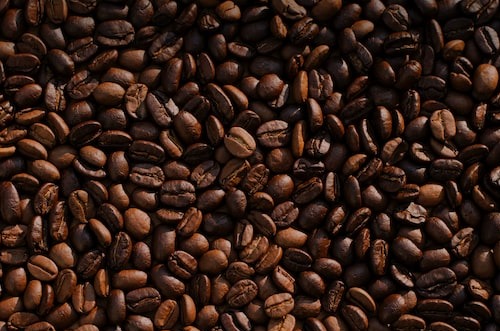
In W35 in the coffee landscape, Arabica coffee futures on the New York Stock Exchange (NYSE) fluctuated. On Monday, August 28, the Dec-23 contract dropped to USD 152.75 cents per pound (lb), primarily due to abundant supply from Brazil's new crop harvest, forecast at nearly 50 million bags, and strong sales driven by a weakened Brazilian real exchange rate. On Tuesday, August 29, Arabica futures rose by 0.2% to USD 153.10 cents/lb, rebounding from a seven-month low of USD 147.10 cents/lb as the dollar weakened against the real and other currencies. On Wednesday, August 30, Arabica futures continued to rise to USD 155.35 cents/lb, supported by declining certified stocks on ICE and concerns about wetter weather affecting late-harvest areas in Brazil. Rabobank's figures also suggested lower-than-expected global coffee production for the 2023/24 season. However, on Thursday, August 31, Arabica futures fell to USD 154.50 cents/lb due to a 0.5% rise in the dollar and technical selling following earlier price increases.
Meanwhile, on August 28, the Nov-23 Robusta coffee contract increased by USD 31 per metric ton (mt) to reach USD 2,437/mt due to concerns about a tight supply. Robusta coffee inventory on the London floor decreased by 11.80% week-on-week (WoW) to 34,080 mt as of August 25, the lowest level since 2016. On August 29 and 30, Robusta futures continued to rise to USD 2,448/mt and USD 2,496/mt, respectively, as concerns over short-term supply shortages persisted, leading to increased fund activity and speculation driving up spot prices. However, on Thursday, Robusta futures dropped by USD 7/mt to USD 2,489/mt as the dollar strengthened, influenced by the strong US jobs report, indicating a robust labor market despite some recession indicators.
Global coffee production for the 2023/24 season is expected to be lower than the initial forecast, reaching 172.6 million bags, down by 1.6 million bags due to reduced production in Colombia and Vietnam. Colombia's coffee production forecast was reduced to 12.5 million bags and Vietnam's to 29 million bags, both attributed to unfavorable weather conditions. However, a significant drop in demand, especially in Europe, is preventing a supply deficit. Moreover, in Q2-23, there was a 13.4% year-on-year (YoY) decline in net coffee imports in the European Union (EU) and the United Kingdom (UK). The United States (US) also witnessed a 9.6% YoY drop in coffee imports, the largest decline since 2008.
In the first 16 days of Aug-23, Brazil exported 400.2 thousand 60-kilogram bags of Robusta coffee. Meanwhile, in the first half of Aug-23, Vietnam exported 37.4 thousand mt of coffee, earning USD 110.8 million, a drop of 23.3% YoY in volume and 3.5% YoY in value. Furthermore, Vietnam's coffee exports for 2023 are projected to reach approximately 1,718 million metric tons (mmt), generating USD 4.2 billion, driven by the continuous expansion of coffee cultivation areas in recent years. In 2022, the coffee cultivation area increased by 42.9% compared to 2005, resulting in an output of 1,897 mmt, a 2.8% increase from 2021.






